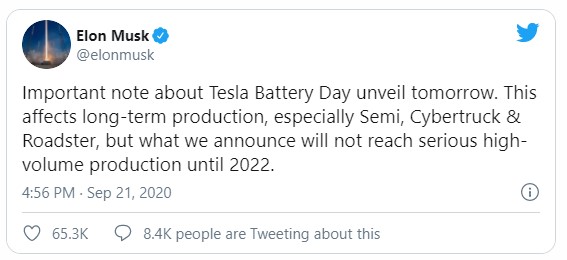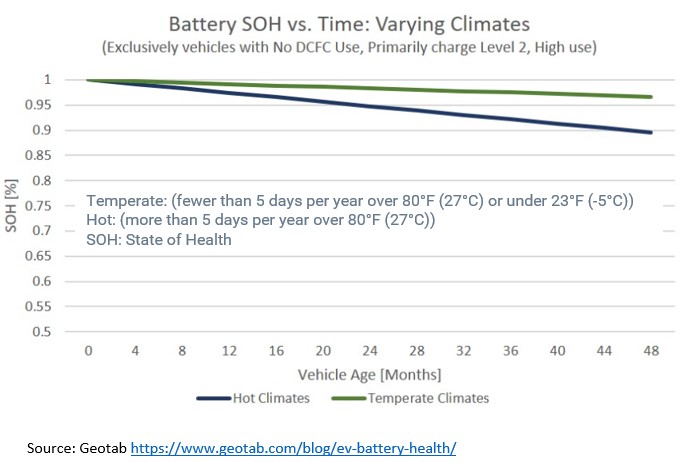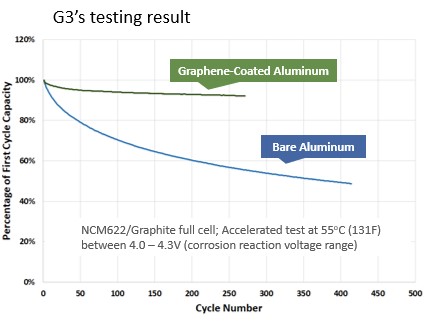Consumer electronics, especially cell phones, are a normal part of our daily lives. Most people depend on their cell phone, tablets, laptops and more to manage their work and personal lives. We use these devices to stay connected to our family and friends, now more than ever before. And graphene can give those devices a longer, safer battery life, to keep you connected to what matters most to you.
Have you ever noticed that your electronics tend to heat up with extended use? For example, if you’re talking on your phone long enough, your phone will start to get hot. That’s the battery inside your device working hard. 5G technology will put even more of a strain on your devices since it will enable you to run larger applications with faster speeds. Your poor device battery will overheat fast.
Graphene can eliminate that issue. A thin layer of graphene incorporated into your device’s battery will keep the battery cool. And that will keep your device safe. Take a look at this video we filmed using our graphene-enabled solutions for device batteries. In this video, we put an everyday nail through a lithium-ion battery, typically used in cell phones. The battery quickly ignites. Then we show the same nail penetrating a lithium-ion battery that includes a layer of our FireShield™ electrolyte technology, which does not ignite the battery. FireShield makes the battery safe.
Our graphene-enabled battery solutions also work to extend the battery life of your devices, and allow them to quickly recharge. Goodbye waiting around for your cell phone to recharge! Quick recharge times mean less electricity is used to charge your devices, helping the environment. Our solutions make your devices more user friendly, and so much safer.
Let’s talk about our graphene-enabled battery solutions and how we can improve consumer electronics.



